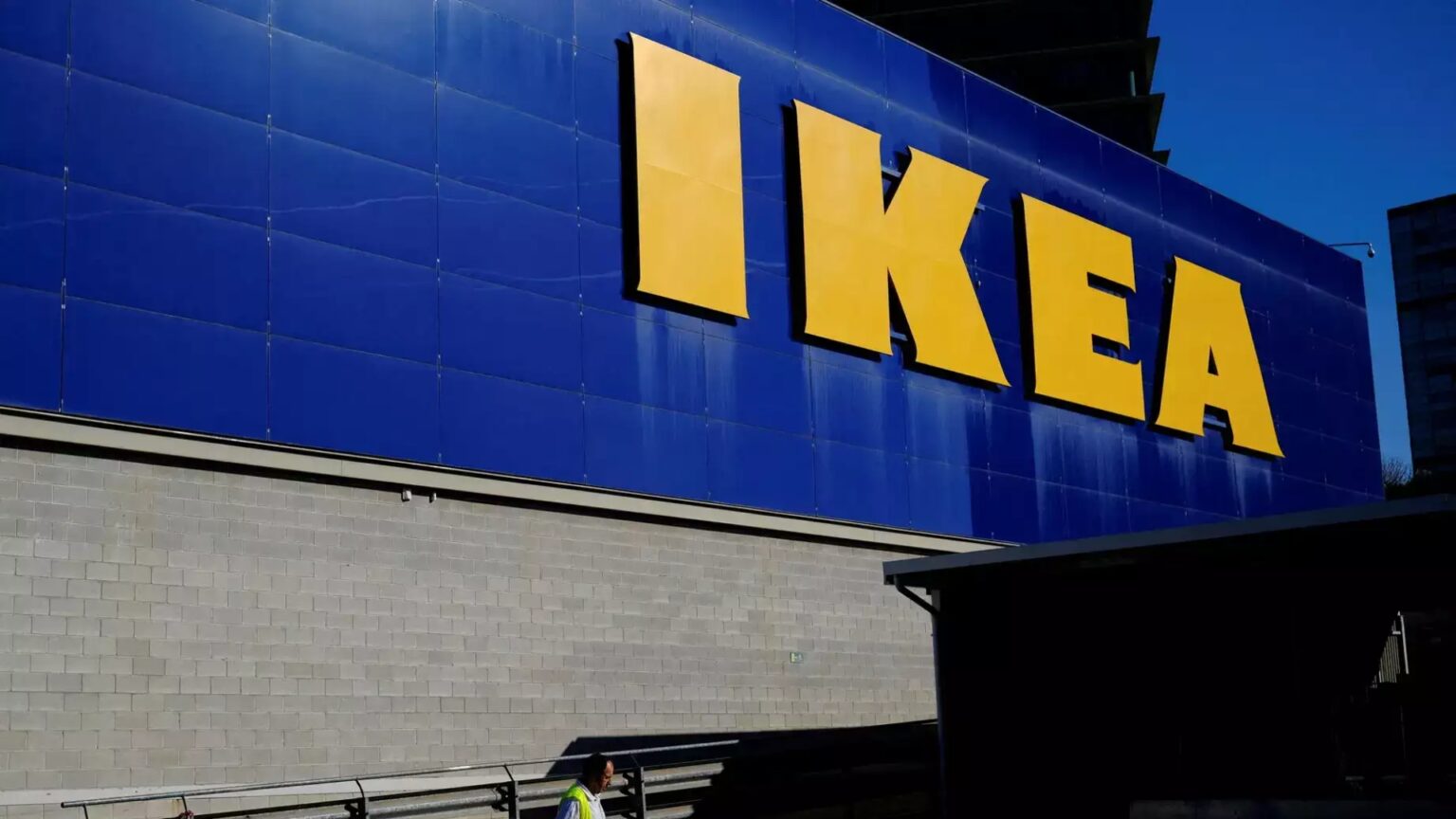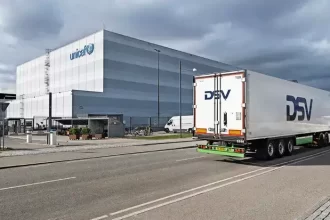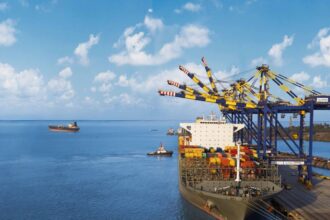IKEA, the world’s largest furniture brand, is preparing for possible tariffs and trade restrictions. After recent supply chain disruptions, IKEA has strengthened its systems. This proactive approach helps the company respond better to changes in trade policies. IKEA aims to keep delivering its products on time and meet customer needs without major delays.
Why IKEA Invests in Supply Chain Improvements
To reduce the impact of potential tariffs, IKEA has focused on building a more resilient supply chain. Henrik Elm, Inter IKEA’s Chief Financial Officer, mentioned that the company has made its supply chain more adaptable. Although IKEA remains somewhat vulnerable to trade barriers, it feels better equipped than before.
Potential Tariffs and IKEA’s U.S. Operations
IKEA’s U.S. market depends heavily on imports. Only 10% of IKEA products sold in the U.S. are manufactured within the country. Most products come from abroad, making the U.S. operations more exposed to tariffs. This reliance is unique compared to IKEA’s operations in Europe and China, where more products are sourced locally.
IKEA’s Global Sourcing Strategy
IKEA’s sourcing varies by region. In Europe, around 70% of products are sourced locally, while in China, 80% are made domestically. Globally, IKEA’s top sourcing markets include Poland, China, Italy, Lithuania, and Germany. This broad approach spreads IKEA’s supply chain risk across multiple countries.
Balancing Revenue and Profit in Challenging Times
IKEA’s revenue fell recently, but profits rose due to lower interest costs and shifts in buying habits. Shoppers are purchasing lower-priced items in bulk. In response, IKEA has also cut prices, showing its flexibility in challenging economic conditions.
Expanding U.S. Presence: Ingka Group’s Investment Plans
Ingka Group, IKEA’s largest franchisee, has pledged about 2 billion euros to grow IKEA’s U.S. presence. This investment aims to make IKEA products more available to American consumers. It also reinforces IKEA’s commitment to the U.S. market despite potential tariffs.
Conclusion: IKEA’s Resilience Amid Potential Tariffs
IKEA is taking significant steps to address potential tariffs and trade barriers. By learning from past disruptions, IKEA has improved its adaptability and resilience. Its ongoing investments show a commitment to providing affordable, quality products, even in changing economic landscapes.







